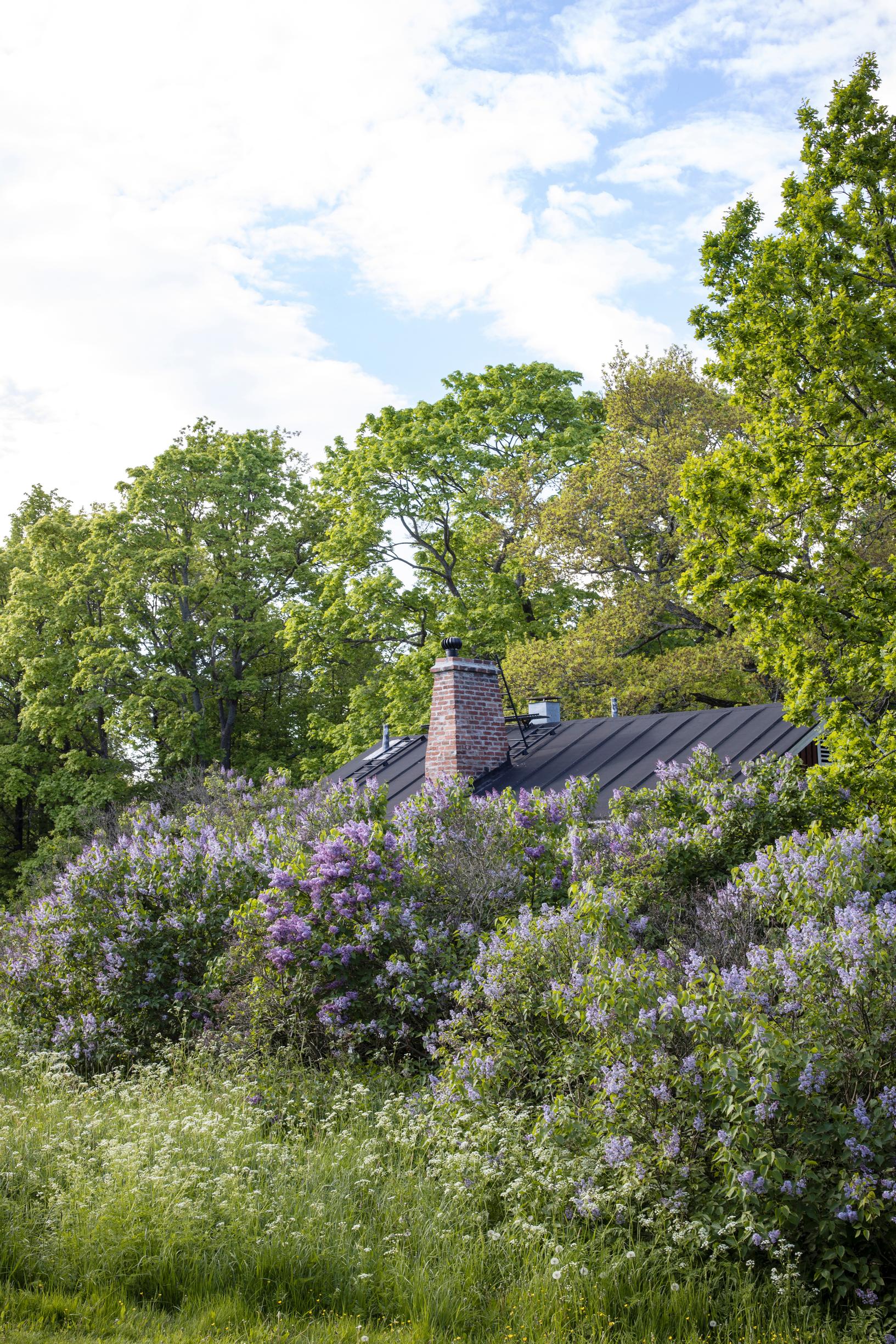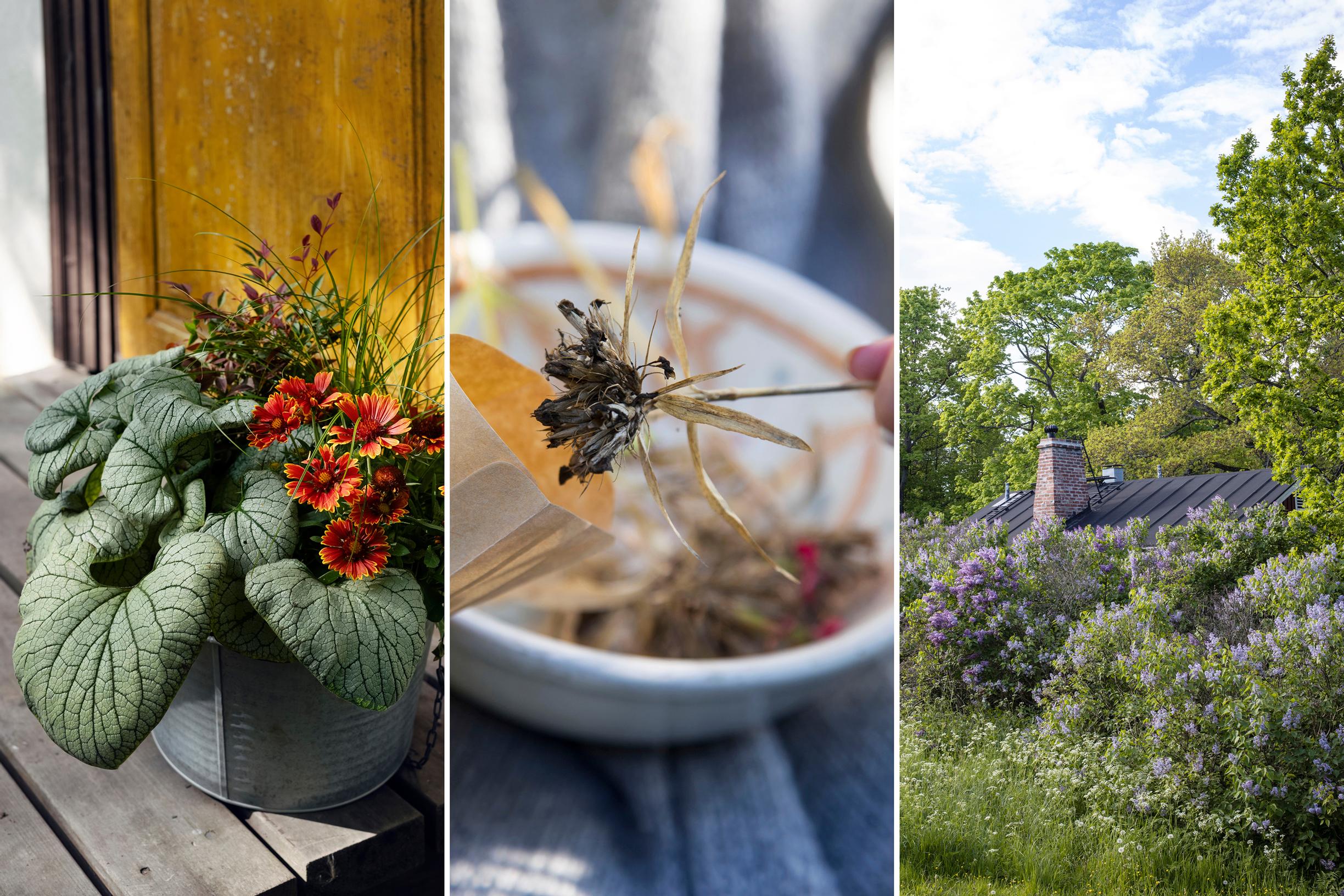
Save money in your autumn garden: five ways you’ll thank yourself next spring
Skip single-use plants, gather seeds, and propagate shrubs from root suckers. In autumn, you can also make your own bag soil.
1. Skip single-use plants
Heathers, cyclamen, and chrysanthemums look lovely in autumn container displays, but you can just as easily use perennial ornamental grasses, autumn-blooming perennials, or even dwarf barberry or shrubby cinquefoil.
If you have a garden, move these plants from pots to flower beds before the ground freezes. Not all will necessarily overwinter, but some will likely continue as perennial delights. On a glazed balcony, hardy perennials and shrubs may overwinter in containers. It’s not worth buying cold-sensitive plants, such as japanese anemones or japanese maples, for autumn plantings unless you have a suitable place for them to overwinter, for instance in a garage.
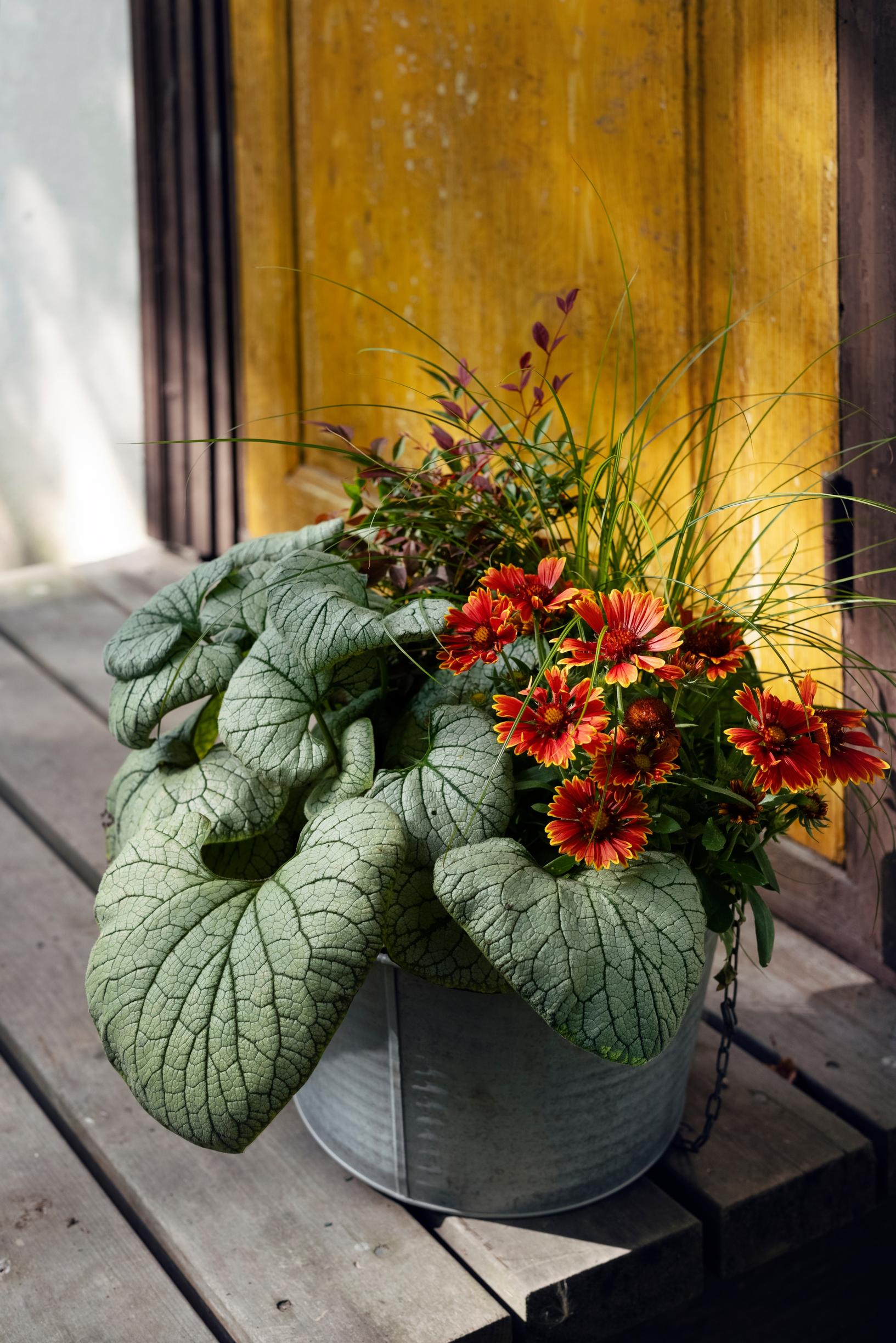
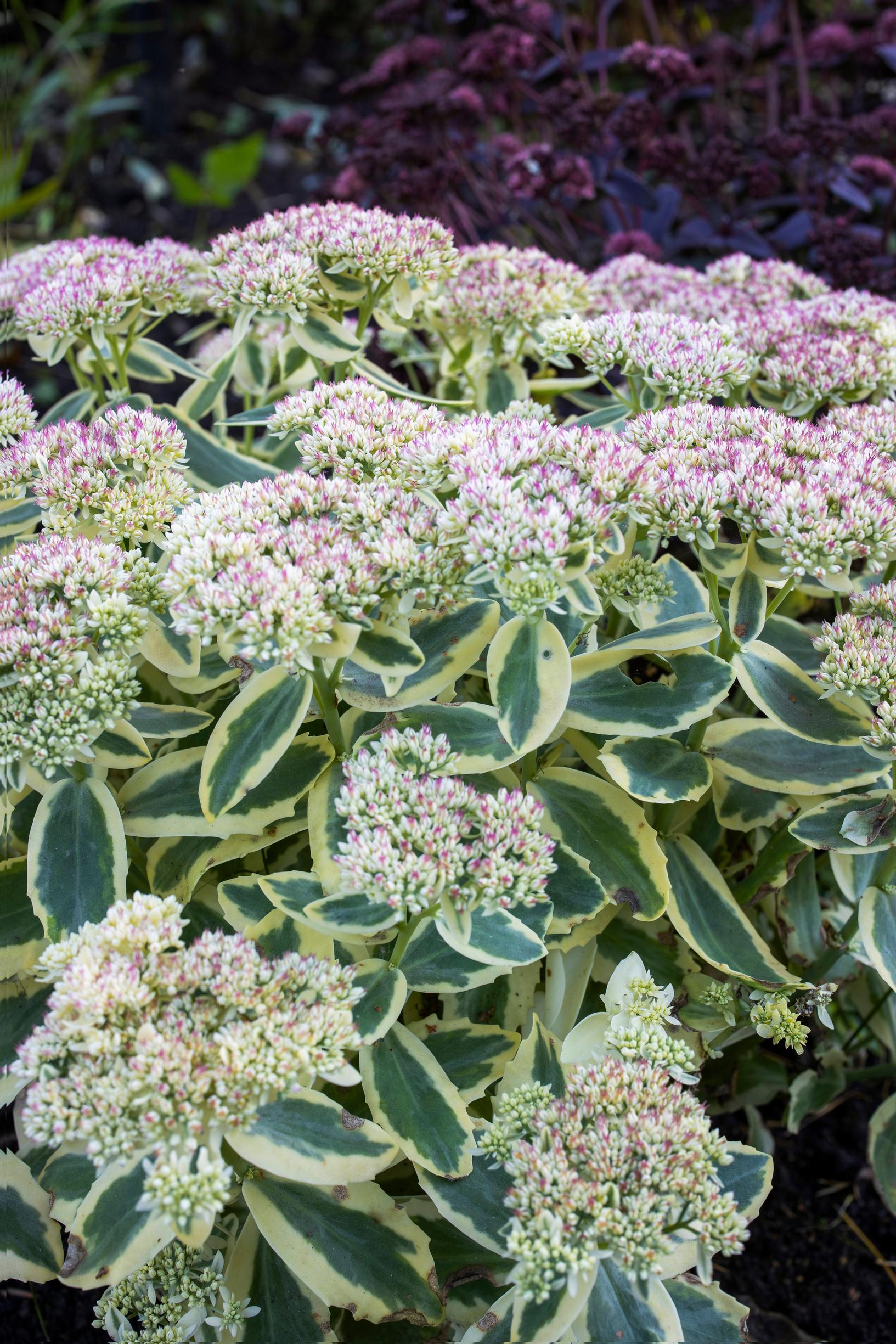
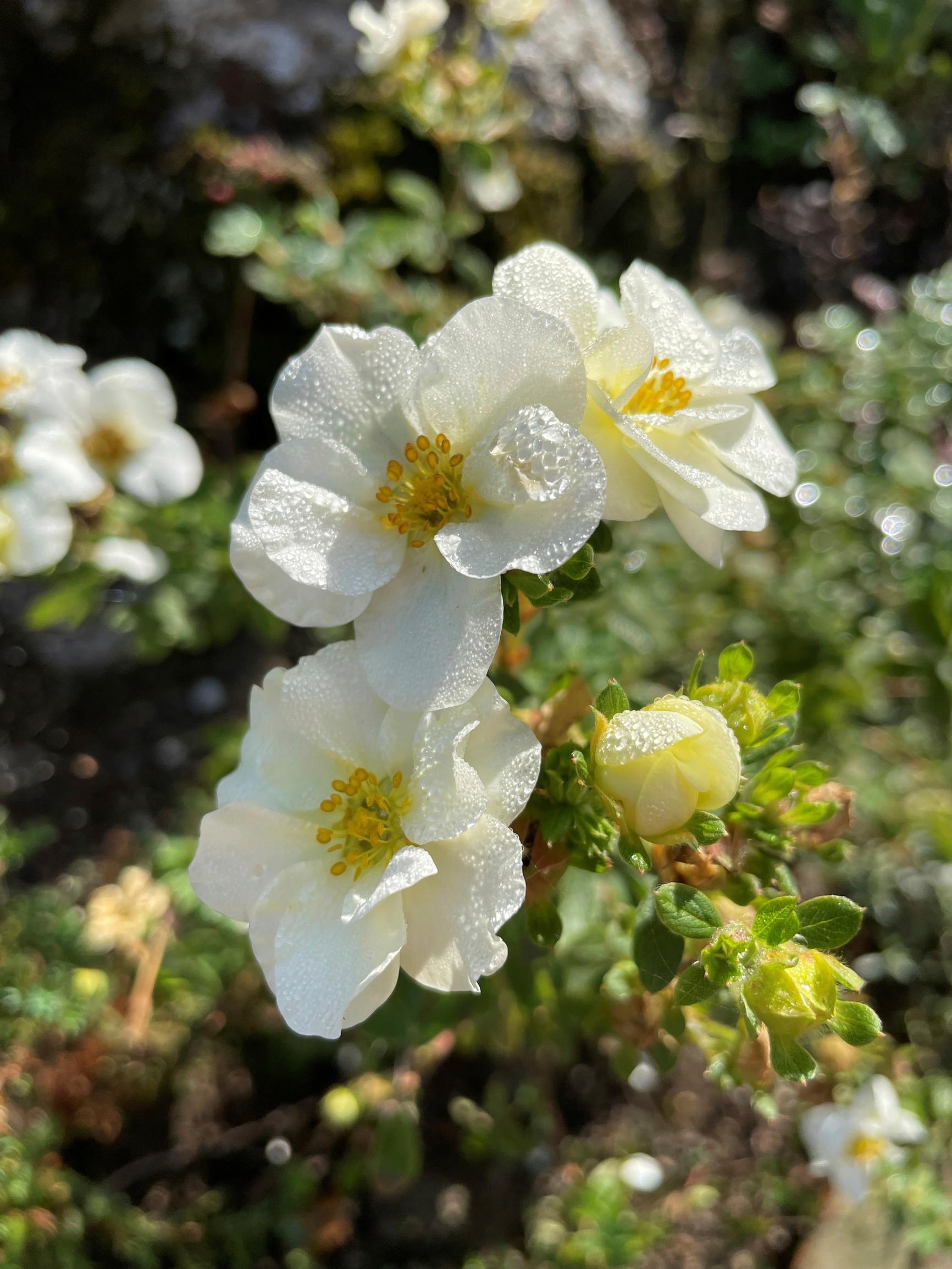
2. Check out plant sales
Some plant purchases are best saved for autumn. In clearance sales, you can discover treasures from perennials and conifers to fruit trees. Prices can drop as much as 70 percent when the weather cools and shops clear their stock. Autumn is ideal for planting because the sun is less intense and the soil is moist. You can temporarily plant your finds beneath a shrub or in a raised bed, then move them to their permanent spots in spring.
3. Make bag soil from tree leaves
Fill a large trash bag with birch leaves and coarse raking debris. Dissolve one liter (1 quart) of chicken manure pellets in a bucket of water, and pour the nutrient-rich solution into the bag. Seal the bag and poke small holes in it. Keep it in a sheltered spot, turning and loosening the contents now and then. The mixture will be ready for garden use the following autumn. Making your own bag or compost soil is also an eco-friendly choice, since most store-bought bag soil contains peat.
4. Collect seeds for next year
Gather seeds from edibles and annual flowers like cosmos, marigolds, and calendula for future seasons. It’s also easy to grow perennials such as columbine and coneflower from seed.
You can tell seeds are ready when they’re dry and hard, and they usually detach easily from the plant. If seeds remain soft and unripe, there’s no point in collecting them. Store the seeds in small paper pouches that allow air circulation. You can find more information on seed collection in this article [in Finnish].
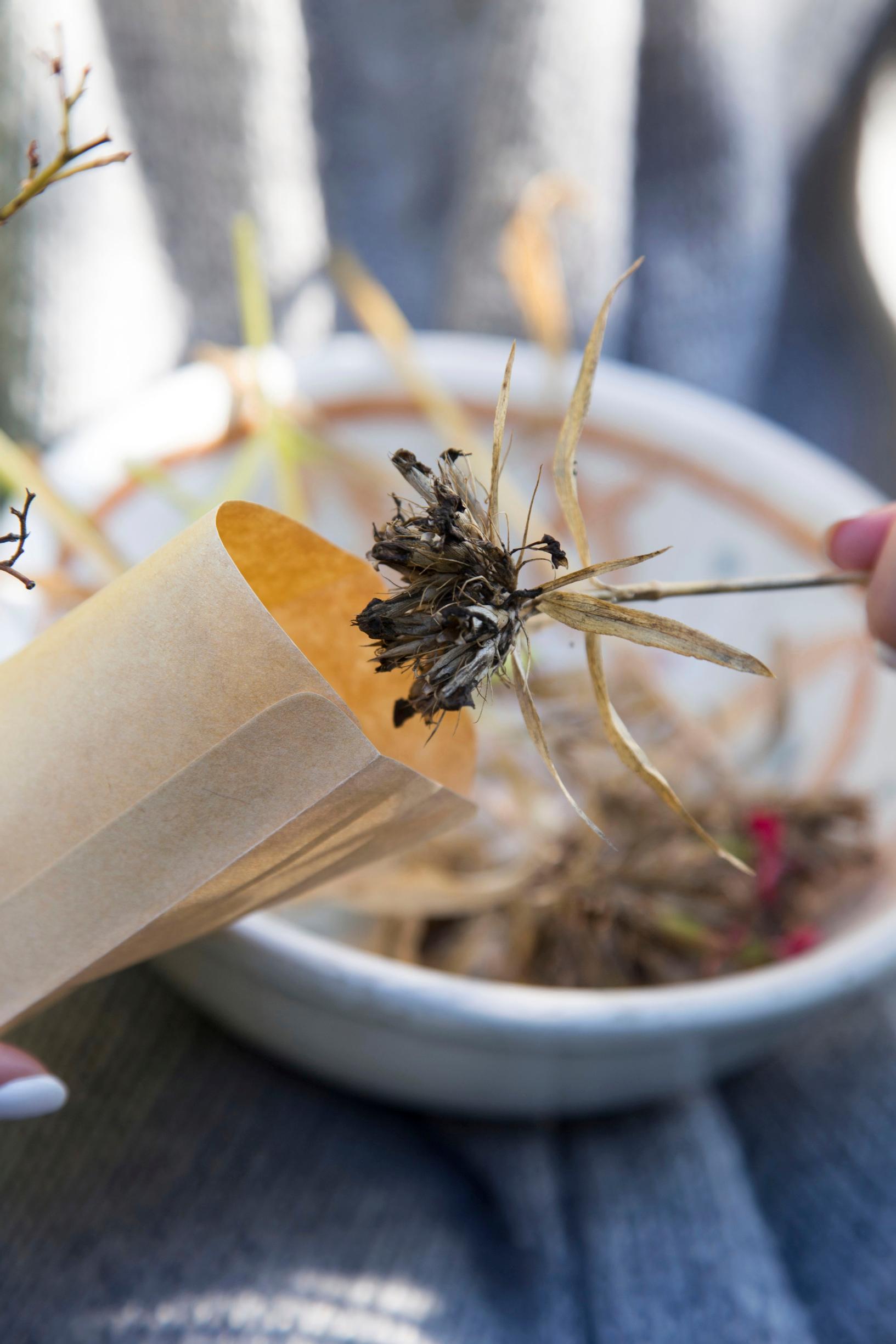
5. Propagate shrubs from root suckers
Use a shovel to cut off the root sucker under the parent shrub, shorten the shoots to 10–15 centimeters (4–6 in), and plant it. That way, you get more shrubs for free. For example, you can propagate lilac, spiraea, aralia (such as devil’s walking stick), sea buckthorn, and chokeberry from root suckers.
